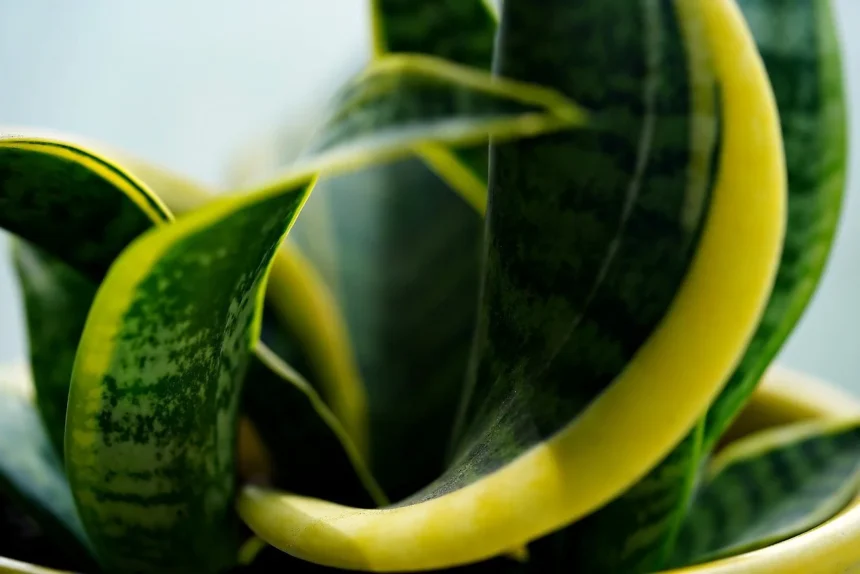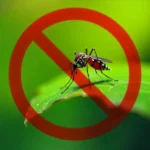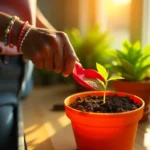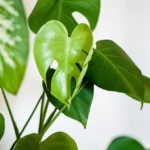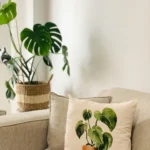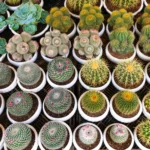Yellow?, you are not alone. Snake plants are some of the most popular houseplants due to their hardiness and low-maintenance care requirements. However, they still face some common problems, which often perplex and worry owners when the leaves start yellowing. In this comprehensive guide, we will look into reasons why your snake plant may be turning yellow, how you can fix it, and how to avoid it in the first place.
In this article, we are going to tell you all about taking care of the snake plant-either you are an expert in plants or are looking for answers, whether it has green or yellow leaves.
Why Is My Snake Plant Turning Yellow?
The clue to understanding why your snake plant is turning yellow involves an assessment of the many variables that surround the well-being of any plant: practices related to watering, light exposure, soil type, and even environment. Below, we go over the major causes and how you can revive your snake plant to good health.
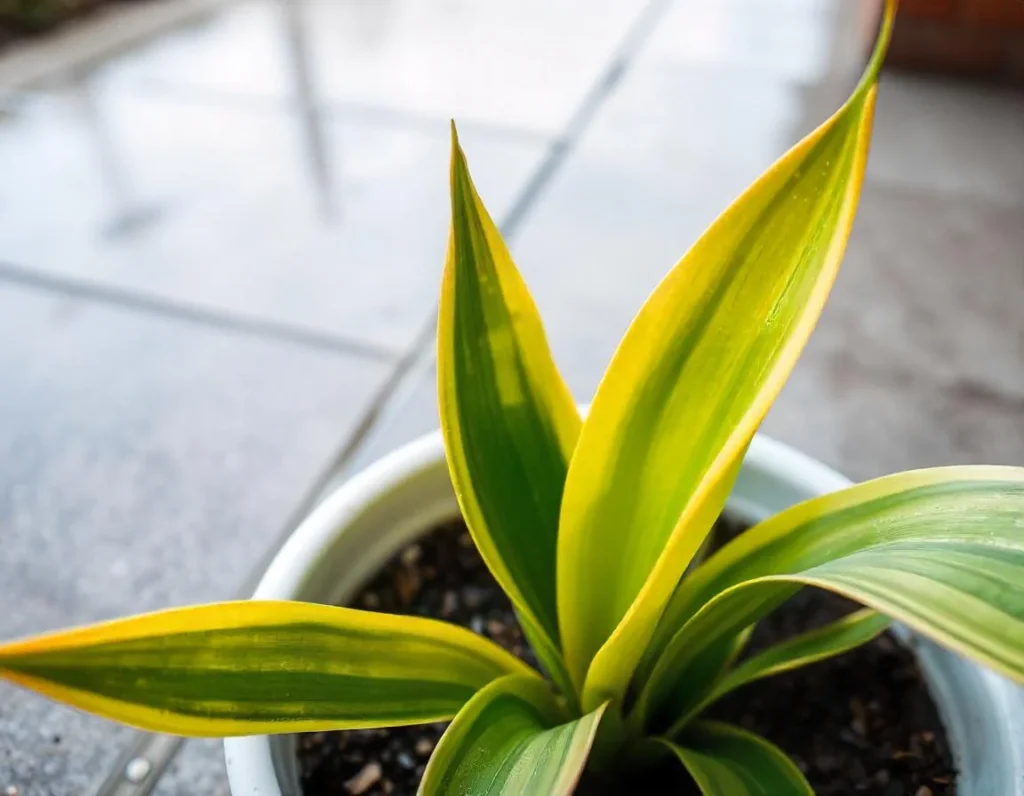
1. Overwatering: The Leading Cause of Yellowing Leaves
The most common possible cause for yellowing in snake plants is overwatering. Snake plants, due to their succulent nature, thrive in conditions when the soil is rather dry and does not get frequent water. Overwatering will make the roots stay in waterlogged conditions and consequently develop root rot, a condition that is harmful for your plant.
Overwatering prevents the roots from absorbing nutrients in snake plants, and this makes them turn yellow. The roots get suffocated because of the excess moisture that makes the plant gradually lose its beautiful green color. Here are some tips for you to avoid overwatering:
- Water Only When Necessary: First, insert your finger an inch into the soil, and if it feels dry, it is time for water. If it has remained moist, then leave it for a few days.
- Use Well-Draining Soil: Snake plants prefer sandy succulent or cactus mix for drainage of surplus water.
- Proper Potting: Make sure to use a pot with an inch or two of drainage holes so any excess water can easily drop out.
Signs of Overwatering
- Yellowing Leaves: This usually starts at the bottom of the plant.
- Soft, Mushy Leaves:Snake plants, in general, have leaves that are soft to the touch when overwatered.
- Foul Smell: When the roots rot, a foul smell can appear, which means the root has decayed.
If you think that your snake plant is getting yellow because of overwatering, then reduce the frequency of watering and repot the snake plant in fresh, dry soil. Prune any mushy or rotten roots prior to replanting the snake plant.
2. Underwatering: Yes, It Can Happen!
While overwatering is a more common culprit, underwatering can also cause yellow leaves. Snake plants are drought-tolerant, but they do need water from time to time to keep them healthy. If a snake plant does not get enough water, the leaves may start curling, becoming brittle, and eventually turning yellow.
How to Tell If Your Snake Plant Needs Water
- Dry Soil: The soil will be thoroughly dried out to the touch; often it would have pulled away from the edges of the pot.
- Curling Leaves: Snake plant leaves may be starting to curl in a tuck as a signal of dehydration.
- Yellow Tips: The leaves’ tips would have turned yellow and gone crispy.
To fix underwatering, give your snake plant a thorough watering. Water the plant until it runs out of the bottom drainage holes, ensuring your roots get enough moisture, but do not overwater it too frequently in a bid to balance.
3. Poor Light Conditions
Other reasons why your snake plant is turning yellow could be to do with the light. Snake plants are one of those plants that can thrive under different light conditions, but they still have preferences.
Too Little Light
Snake plants can tolerate low-light conditions; however, an extended time in the dark will weaken the growth pace and discolor the foliage to yellow. This would be due to the inability of the plant to photosynthesize properly with the scarcity of light provided.
- Solution:Move your snake plant to a brighter area, such as near windows with indirect sunlight. Avoid locating it in a very dark corner.
Too Much Direct Sunlight
On the other hand, too much direct sunlight can also cause yellowing. Snake plants prefer bright but indirect light. Prolonged exposure to harsh, direct sunlight can lead to leaf burn, which often presents itself as yellow spots that eventually turn brown.
- Solution: If your snake plant is in direct sunlight, move it to a spot where it gets filtered light. An east- or north-facing window is ideal.
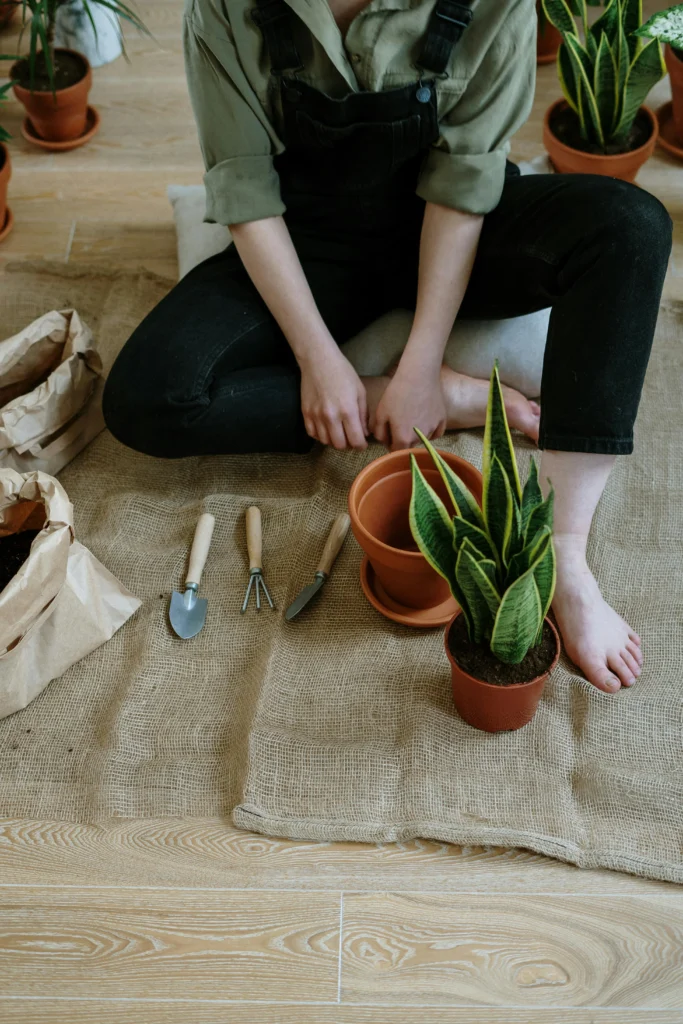
4. Nutrient Deficiency
Like any other plant, snake plants require nutrition to thrive. A deficiency in nutrients can be evidenced by yellow leaves, especially if the plant has not been fed in a long period. Snake plants require a balanced fertilizer containing nitrogen, phosphorus, and potassium to retain their green and healthy look.
Signs of Nutrient Deficiency
- Yellowing Starting at the Leaf Tip: If yellowing starts at the tip and progresses downward, it may be a symptom of nitrogen deficiency.
- Stunted Growth: A lack of nutrients can also result in slower growth and smaller leaves.
How to Fix It
- Fertilize Properly: Fertilize Properly: A balanced, water-soluble fertilizer every 4-6 weeks during the growing season is important. One must be careful not to over-fertilize because it can build up salt in the soil, which, too, causes yellowing.
5. Root Bound Issues
Snake plants are pretty hardy, but if they become root-bound, they can start to show signs of stress, such as yellowing leaves. When a plant is root-bound, the roots have grown out of the pot, making it too tight and causing a lack of space and access to water and nutrients.
Signs Your Snake Plant Is Root Bound
- Roots Growing Out of Drainage Holes: When you see the roots growing out of the bottom of the pot, then it’s time to change the pot.
- Pot Feels Hard: The pot might feel hard and heavy due to the compacted roots.
How to Repot a Snake Plant
- Choose a Pot One Size Up: Pick a pot that is one size larger than the current one to give the roots more space.
- Use Fresh Soil: It would be best to use fresh, well-draining potting soil for succulent or cactus mixes.
- Gently Loosen the Roots: Gently remove your plant from its container and softly loosen the roots before situating it in its container.
This will help keep your snake plant healthy and prevent the leaves from yellowing due to constricted roots.
6. Pest Infestations
Pests can also make your snake plant turn yellow. Common pests like spider mites, mealybugs, and aphids are known to suck on the sap of the leaves and in doing so, remove color from the leaves and thus turning them yellow.
Identifying Pests
- Spider Mites: Small webs between leaves and tiny, moving dots on the plant.
- Mealybugs: These look like small, white cotton patches on the leaves.
- Aphids: These are small, green, or brown insects that cluster on the leaves or stems.
How to Treat Pest Infestations
- Wipe the Leaves: Wipe the leaves using a cloth dipped in a solution of water and mild soap to remove pests.
- Insecticidal Soap: Apply insecticidal soap or neem oil to kill the pests and prevent further infestations..

7. Temperature Stress
Snake plants are pretty hardy plants but will experience temperature stress if conditions become extreme. Extreme temperature fluctuations, hot or cold, can lead to yellow leaves on the plant.
Temperature Guidelines
- Ideal Temperature: Optimal Temperature: Snake plants prefer temperatures ranging from 60°F to 85°F (15°C to 29°C).
- Avoid Drafts: Don’t place your snake plant near drafty windows, air conditioning units, or heating vents.
8. Fungal and Bacterial Infections
Yellowing in snake plants can also be caused by fungal and bacterial infections. Most of these infections occur due to overwatering, which leaves the soil soggy for too long and creates an ideal environment for fungi and bacteria.
Signs of Infection
- Spots on Leaves: Yellow or brown spots on the leaves that are often mushy.
- Foul Smell: The presence of a foul smell from the soil means rot or the growth of bacteria.
How to Treat Infections
- Remove Affected Leaves: Make sure any infected leaves are removed. This will keep it from spreading.
- Apply a Fungicide: Apply the fungicide to the soil and what remains of your plant.
- Improve Air Circulation: Your snake plants must sit in a properly ventilated area to have lesser instances of moisture collection.
How to Prevent Your Snake Plant from Turning Yellow
Prevention is the best medicine. Here are some preventive measures to keep your snake plant healthy and green:
- Water Wisely: Water only when the top inch of the soil is dry.
- Use the Right Soil: A well-draining succulent mix is necessary for preventing root rot.
- Provide Proper Light:Keep your snake plant in bright, indirect light. Avoid long exposure to direct sunlight.
- Fertilize During Growing Season:During spring and summer, use a balanced fertilizer; however, avoid fertilizing during winter.
- Inspect for Pests Regularly: Check your plant for any signs of pests, especially if you notice yellowing or other symptoms that are unusual.
- Repot When Necessary: Repot your snake plant every 2-3 years or when it becomes root bound.
Frequently Asked Questions
Why Is My Snake Plant Turning Yellow After Repotting?
If your snake plant is turning yellow after repotting, it may be suffering from transplant shock. This takes place any time the roots of a plant are disturbed and causes stress to the plant. Help your snake plant feel better by not overwatering it, and keep it under stable light conditions.
Can Yellow Snake Plant Leaves Turn Green Again?
Once a snake plant leaf has turned yellow, it will not turn green again. You can stop more yellowing with good care and encourage new healthy growth.
Is It Okay to Cut Off Yellow Leaves?
Yes, you can remove yellow leaves. This will help the plant to use its energy for new growth and to look healthier.
Wrap-Up: Keeping Your Snake Plant Green and Healthy
The yellowing of your snake plant may be due to overwatering, pest infestation, nutrient deficiency, or improper light conditions. Knowing these causes and the changes you can make will help you bring your snake plant back to its full, vibrant green glory. Snake plants are pretty hardy and forgiving, so most problems can be easily rectified with a little attention.
Further assure continued care of your indoor plants with more plant-care ideas on our other articles, for successful development in growing.

